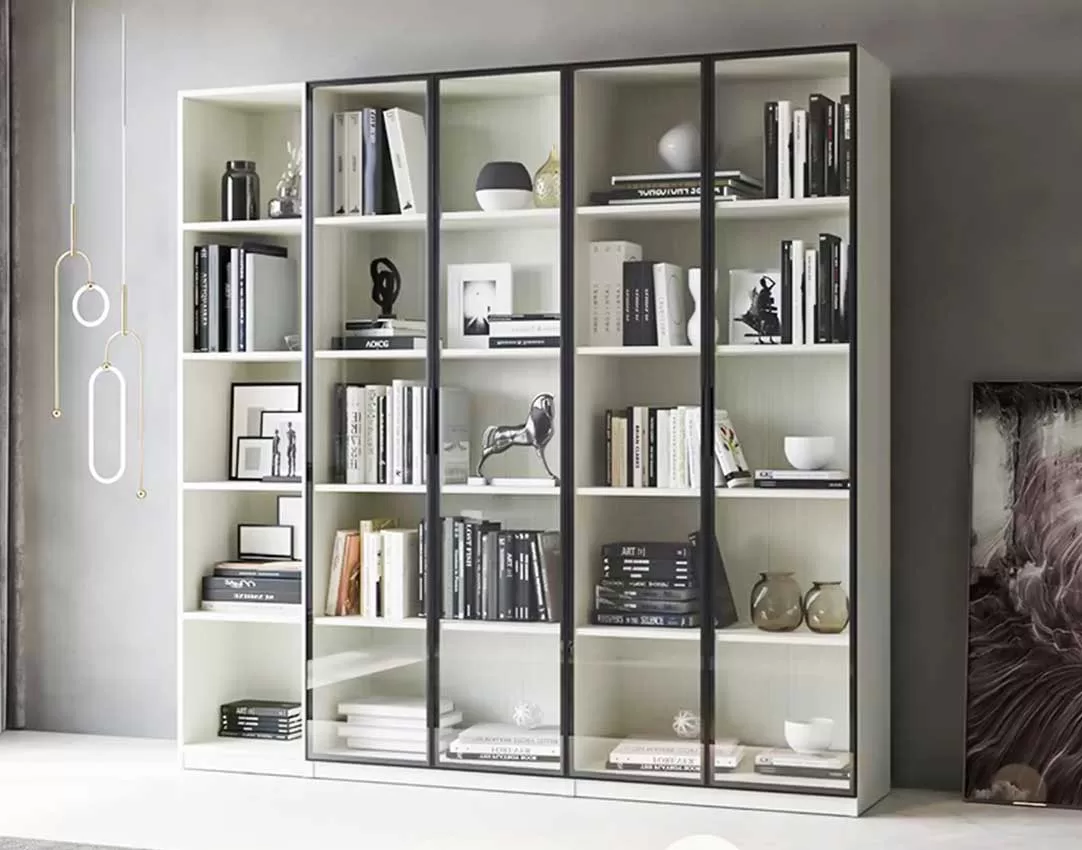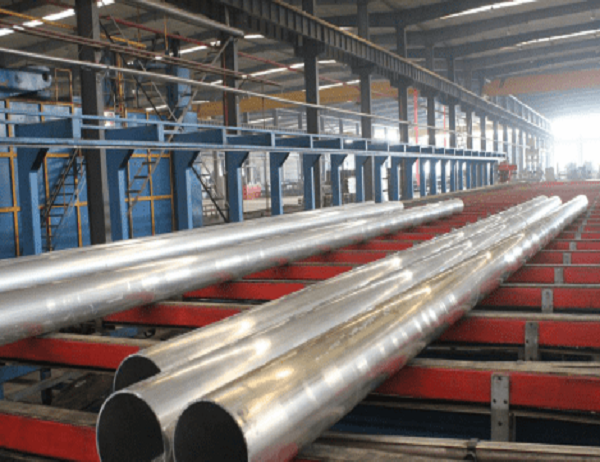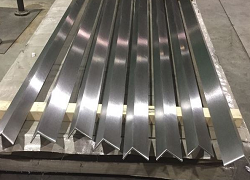Introduction
In various industrial applications, 100mm aluminum tubes play a crucial role. To meet specific requirements, customization of these tubes is essential. This article delves into the multifaceted aspects of customizing 100mm aluminum tubes, empowering readers with the knowledge to tailor these components to their unique needs.
Alloy and Temper Selection
The choice of alloy and temper determines the tube’s mechanical properties, such as strength, ductility, and corrosion resistance. Common alloys include 1050, 1100, 3003, 5052, and 6061, each with its own unique characteristics. The temper designation, such as H12 or H14, indicates the level of work hardening the tube has undergone, affecting its hardness and strength.
Wall Thickness and Dimensional Tolerance
The wall thickness of the tube is crucial for its structural integrity and weight. Thinner walls reduce weight but may compromise strength, while thicker walls increase durability but add weight. Dimensional tolerances ensure consistent tube dimensions, which is critical for precision applications. Tight tolerances minimize gaps and ensure proper fit, while larger tolerances allow for flexibility in assembly.
Surface Treatments
Various surface treatments can enhance the tube’s appearance, durability, and corrosion resistance. Anodizing creates a protective oxide layer, improving corrosion resistance and providing a range of colors. Electroplating involves applying a metallic coating, such as nickel or chrome, to the surface, enhancing wear resistance and electrical conductivity. Powder coating offers a durable, decorative finish that resists scratches and chemicals.
End Configurations
The configuration of the tube’s ends determines how it connects to other components. Common end configurations include plain ends, threaded ends, flanged ends, and beveled ends. Plain ends offer a simple, economical option, while threaded ends provide secure connections. Flanged ends distribute stress over a larger area, and beveled ends facilitate welding or brazing.
Length and Shape
The length and shape of the tube can be customized to suit specific applications. Standard lengths are typically available in increments of 6 meters or 20 feet, but custom lengths can be ordered to meet specific requirements. Additionally, tubes can be bent, rolled, or hydroformed into complex shapes to accommodate unique design needs.
Conclusion
Customizing 100mm aluminum tubes for specific needs is a meticulous process that involves careful consideration of various factors. By understanding the options available for alloy and temper selection, wall thickness, surface treatments, end configurations, length, and shape, engineers and manufacturers can tailor these tubes to meet the precise demands of their applications. This customization ensures optimal performance, cost-effectiveness, and durability, empowering industries to achieve their project goals efficiently and effectively.



